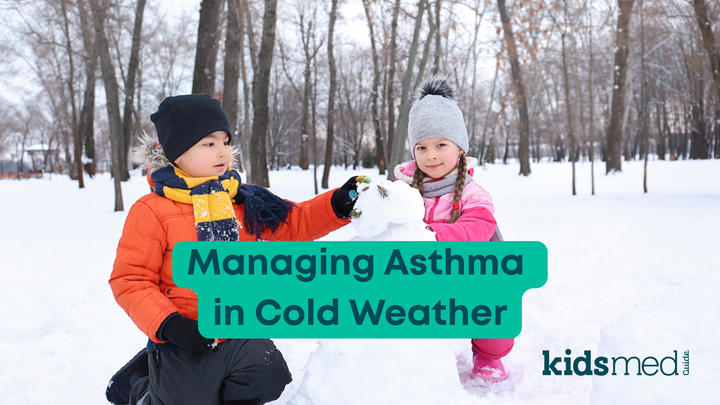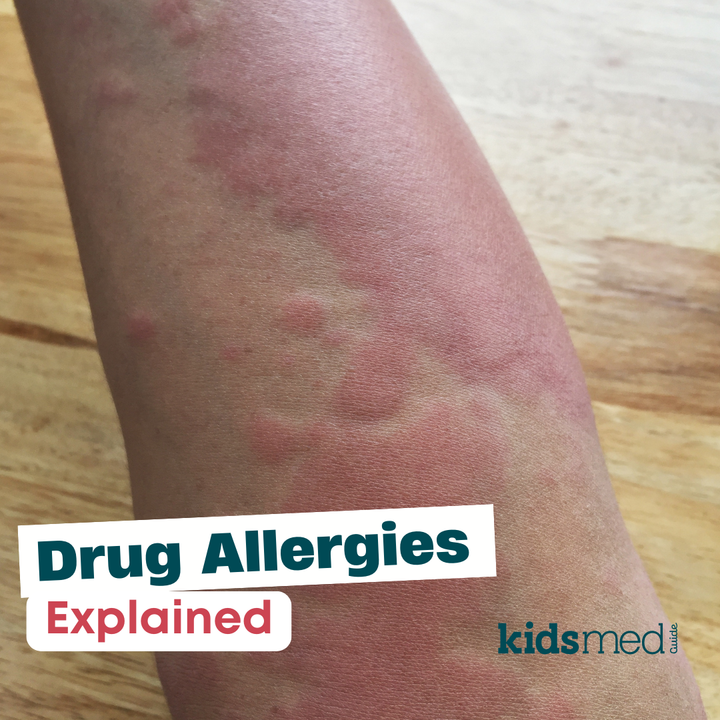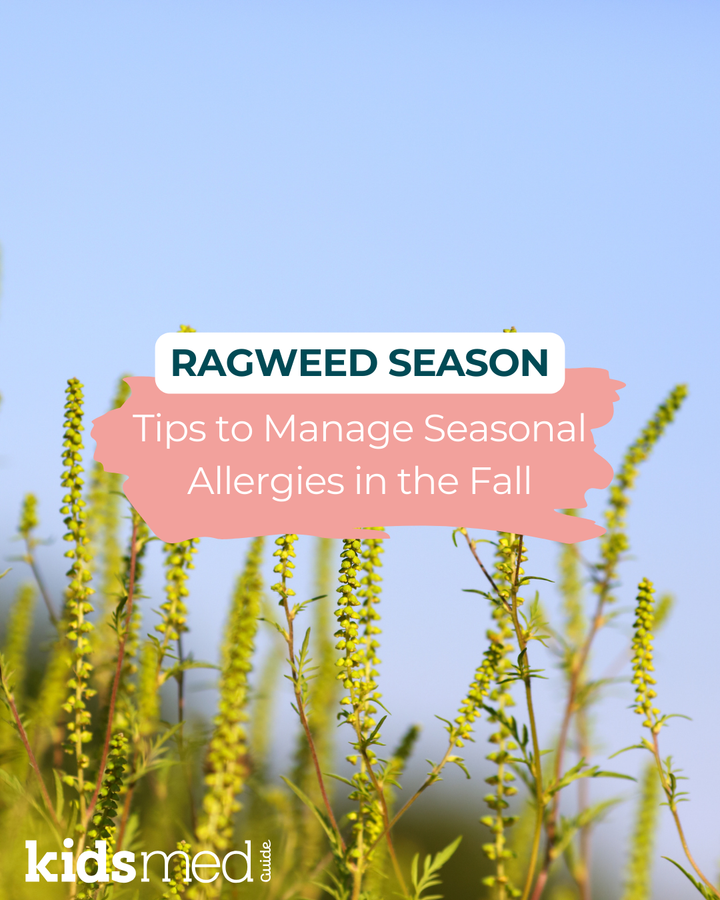Guide to Common Childhood Allergies

Allergies are common among children, but they can still be tricky to identify and manage. We created this quick-reference guide to help you spot common symptoms and understand the basics of managing mild reactions at home. This guide also gives you a heads-up on when it’s best to call the doctor.
Types of Common Allergies in Kids
- Food Allergies
- Common triggers: peanuts, tree nuts, eggs, dairy, soy, shellfish, wheat.
- Symptoms: hives, stomach pain, vomiting, diarrhea, swelling (especially around the face and mouth), and, in severe cases, difficulty breathing.
- Seasonal Allergies (Pollen, Grass, Mold)
- Common triggers: pollen, grass, mold spores.
- Symptoms: runny nose, sneezing, itchy or watery eyes, cough, congestion, itchy throat.
- Pet Allergies
- Common triggers: pet dander, saliva, fur.
- Symptoms: sneezing, itchy eyes, runny nose, and sometimes skin rashes after direct contact.
- Dust Mite Allergies
- Triggered by: dust mites in bedding, carpets, and upholstery.
- Symptoms: similar to seasonal allergies – runny nose, itchy eyes, sneezing, cough, and congestion.
- Skin Allergies (Eczema or Contact Dermatitis)
- Common triggers: soaps, lotions, fragrances, certain fabrics.
- Symptoms: red, itchy, or dry patches on the skin, often appearing on the cheeks, arms, or legs.
Home Remedies & Management Tips
For mild allergies, here are some home remedies and management strategies to keep your child comfortable:
- Antihistamines Over-the-counter (OTC) antihistamines can help relieve mild allergy symptoms like sneezing, runny nose, and itching. Be sure to check the age-appropriate dosing and consult your doctor if this is the first time.
- Cold Compress for Skin Reactions If your child has hives or an itchy rash, applying a cold compress to the affected area can help reduce inflammation and relieve itching.
- Saline Nasal Spray or Rinse For seasonal or dust-related allergies, a saline spray or rinse can help flush out allergens from the nasal passages and ease congestion.
- Eye Drops If itchy or watery eyes are a problem, kids-safe eye drops may provide relief. Check the label for age guidelines and consult your doctor if unsure.
- Frequent Handwashing & Changing Clothes This is especially helpful for seasonal allergies, as it helps wash away pollen or other allergens from the skin and clothing.
- Humidifier for Nasal Congestion A cool-mist humidifier can help relieve congestion and dryness, especially in dry seasons or climates.
When to Call the Doctor
Certain symptoms indicate that it’s time to reach out to a healthcare provider:
- Difficulty Breathing
- If your child is wheezing or having trouble breathing, seek emergency medical attention immediately.
- Swelling Around the Face or Mouth
- Swelling, especially around the face, lips, or tongue, could be a sign of a severe reaction (anaphylaxis). Seek emergency medical care immediately.
- Vomiting or Diarrhea After Eating Certain Foods
- Gastrointestinal symptoms may indicate a food allergy, especially if they occur within minutes to hours of eating.
- Persistent Symptoms
- If mild symptoms are recurring or not responding to OTC remedies, it may be worth discussing allergy testing or other options with your doctor.
- Anaphylaxis Symptoms
- If you suspect anaphylaxis (difficulty breathing, rapid swelling, dizziness), administer epinephrine (if prescribed) and call 911 immediately.
Remember, many kids experience allergies at some point, and with a few preventative measures, you can help manage symptoms effectively at home. Keep an eye out for patterns and triggers, and don’t hesitate to reach out if you have concerns.
Stay well,
-Kids Med Guide



